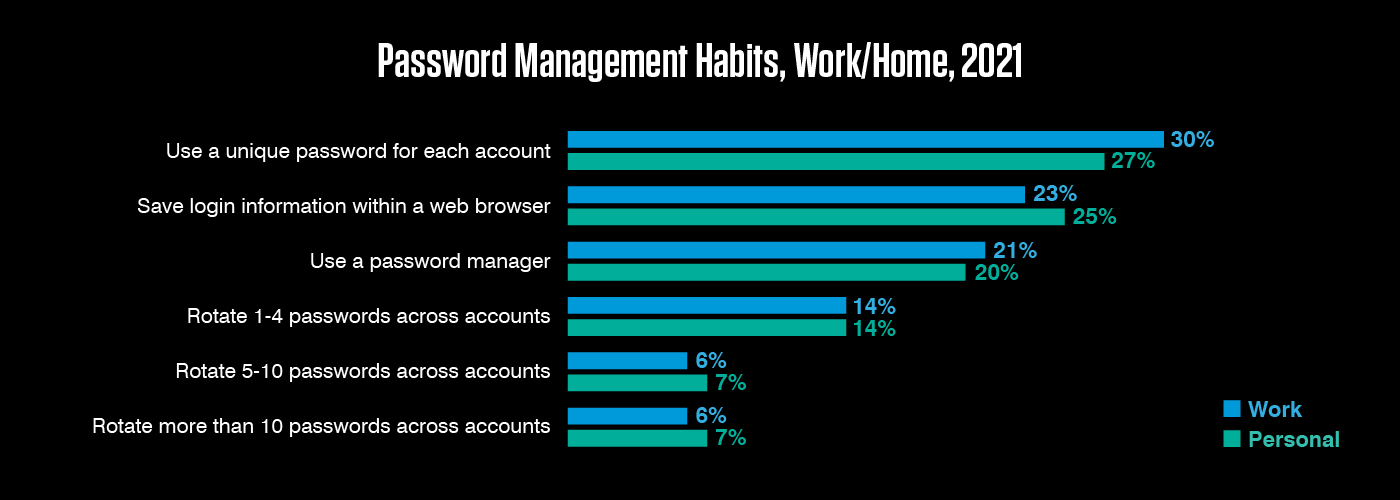Social engineering and the human side of cybersecurity. Threat intelligence lessons from American history. And Conti ransomware shifts to a decentralized model.
Note: next week's Threat Hub update will be published on Thursday, June 2, to coincide with the release of our annual Human Factor report.
This week on The Threat Hub: "Discarded" podcast hosts Selena Larson and Crista Giering are joined by senior threat researcher Daniel Blackford for a closer look at social engineering. This form of behavioral manipulation works by preying on our most basic instincts: the desire to avoid loss, to believe in the good intentions of others, to respond quickly when faced with a time-sensitive situation. Social engineering features in around 95% of cyber attacks, helping criminals to bypass our common sense and persuade us to click or download something we shouldn’t. Check out the full episode to learn more about the factors that reduce people’s sensitivity to threats and the kinds of social engineering content you might encounter day to day.
If you’ve enjoyed Selena Larson’s bi-weekly contributions on Discarded, you’ll want to check out her new Medium essay. Drawing on the history of intelligence gathering during the Civil War, Selena explores what cyber threat analysts can learn from pioneering spymaster Allan Pinkerton, while also avoiding a few of his notable mistakes. Using the MITRE ATT&CK framework as a reference point, Selena explains how understanding the past can help analysts avoid HiPPO bias, write more clearly and assess the legitimacy of open-source intelligence.
And on this week’s Five-Minute Forecast, ransomware is still making headlines, U.S. authorities claw back $15 million in ad fraud earnings, and Proofpoint’s Cheryl Tang shares customer lessons from our Protect and Wisdom events.
In this year’s State of the Phish report, we asked 3500 working adults from seven countries about their cybersecurity habits. While there were only small differences between work and home password behavior, relatively low rates of single-use passwords and password manager are cause for concern.
Get the reportEquip your team with threat intelligence
Go Deeper with Proofpoint Threat Intelligence Services
Connect with threat analysts, understand threats with intelligence specific to your situation, and gain 24/7 visibility into the latest threat discoveries.
Learn MoreCyberattackers target people. They exploit people. Ultimately, they are people. That’s why the Human Factor report focuses on how technology and psychology combine to make people so susceptible to modern cyber threats. In this first volume, we take a closer look at attacks that rely on social engineering, including business email compromise (BEC) threats, email fraud and phishing.
In 2021 the spotlight of global attention fell on cyber criminals like never before. In our first semiannual threat update, we explore new techniques and old tricks in a rundown of the year's biggest themes and schemes.
About The Threat Research Team
Our threat researchers are responsible for tracking shifts in the cybersecurity landscape, identifying new attacks as they emerge, and monitoring how threat actor tactics, techniques and procedures change over time. The threats they detect and the signatures they write feed into our platforms and are keystones in a system that analyzes more than 2.6 billion emails, 49 billion URLs and 1.9 billion attachments every single day.
By studying what cyber criminals are doing now, our threat researchers are better able to anticipate what they’ll do next. Every day, their work keeps our customers protected—not just from today’s attacks, but tomorrow’s threats as they evolve.



